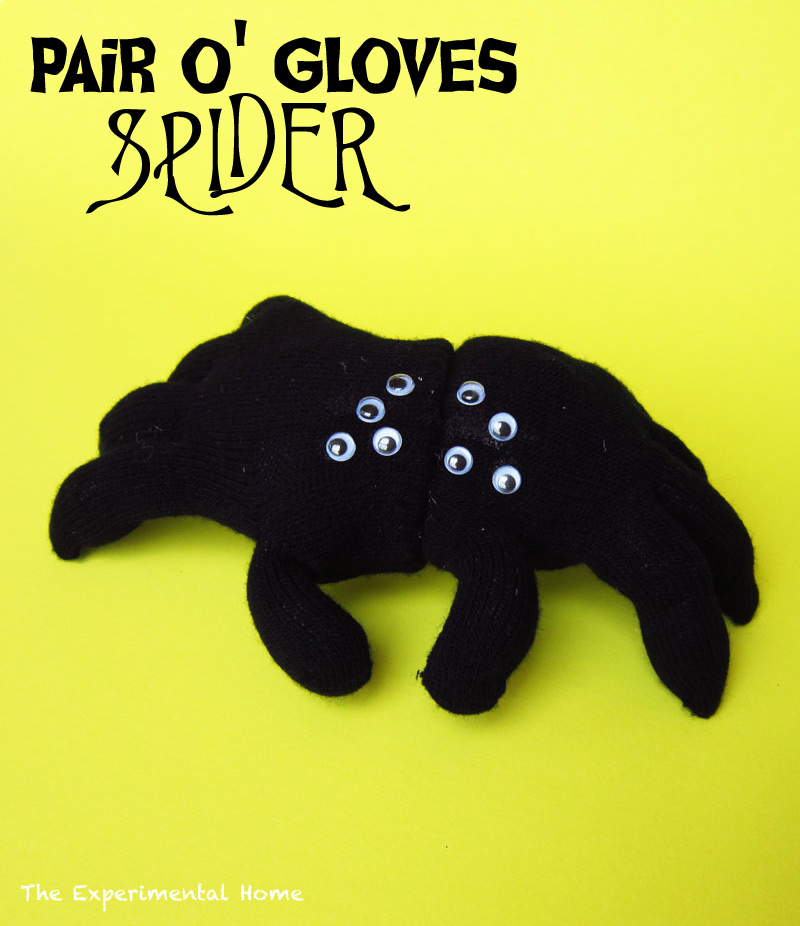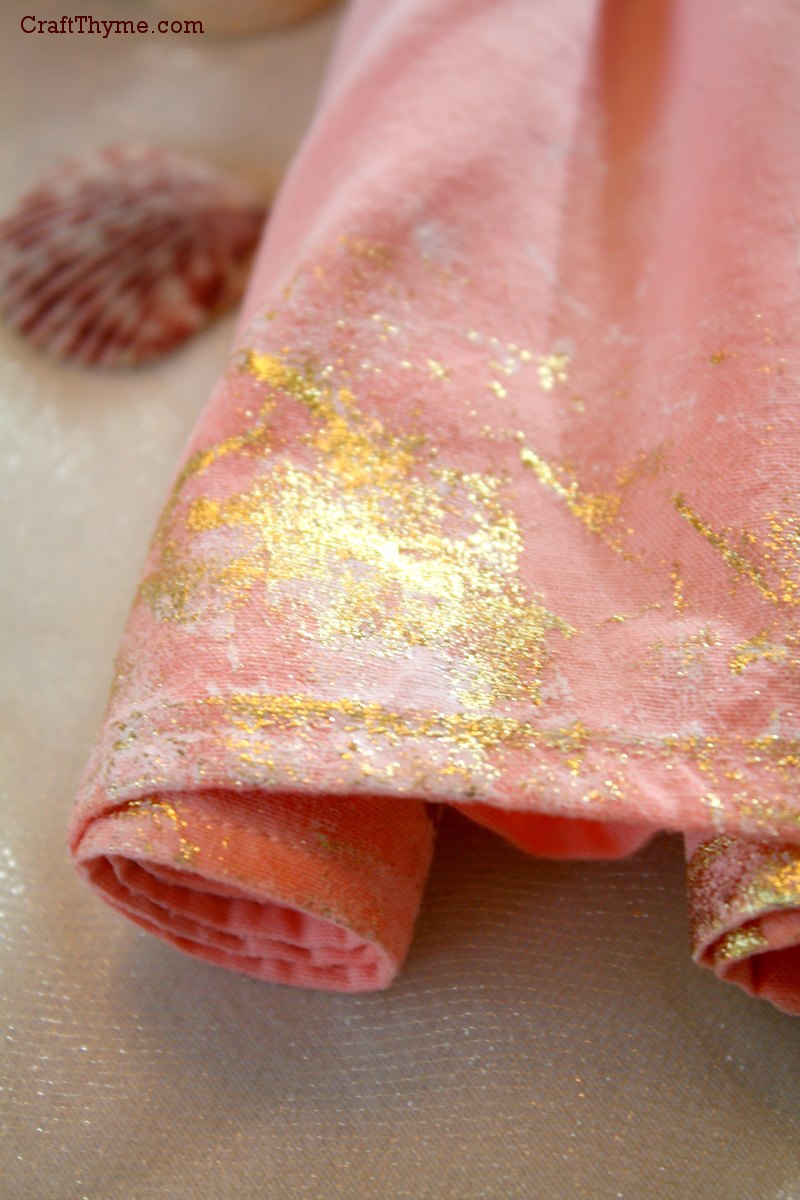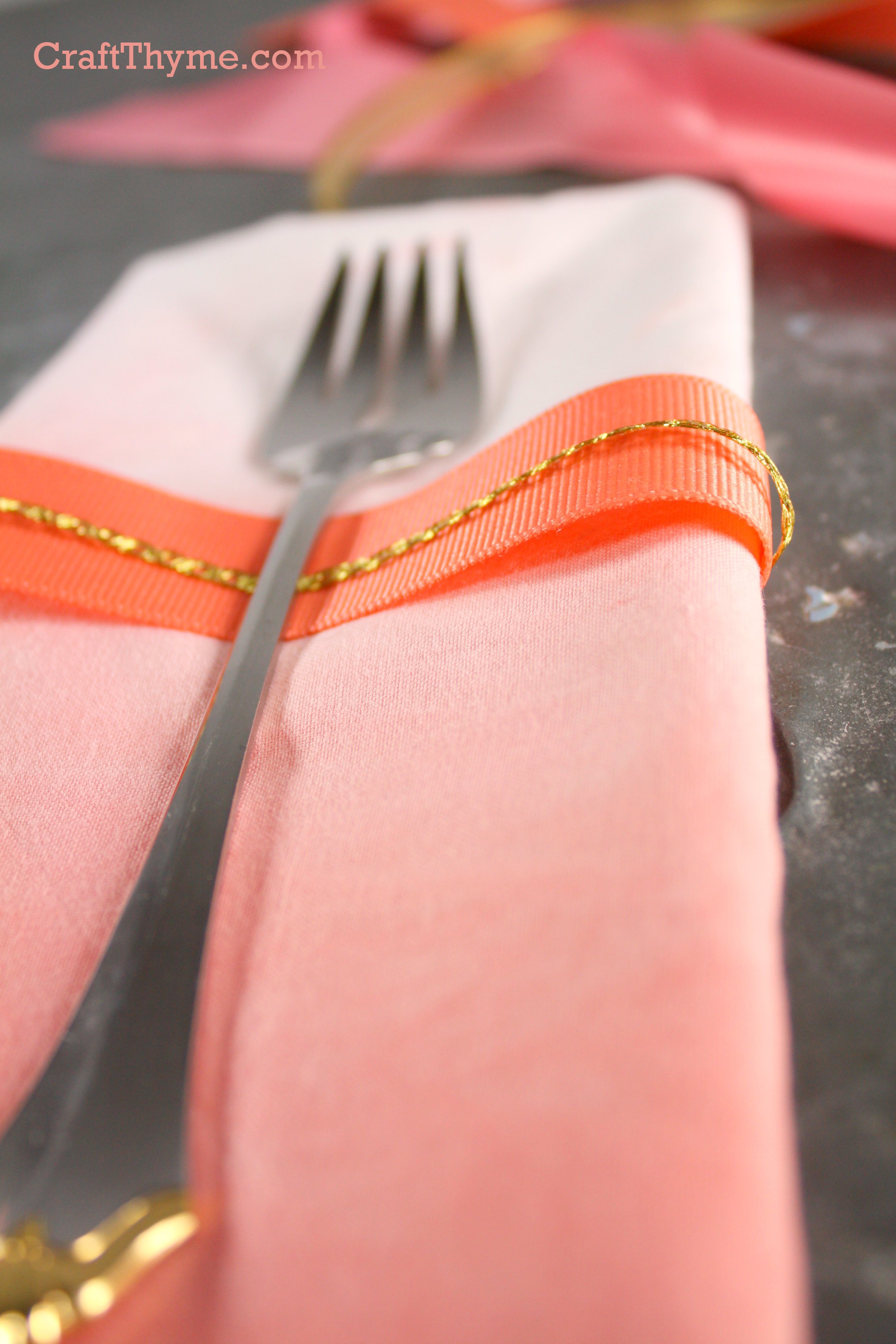We want to wish you a Merry Felt-mas! While much of our Christmas decor was Star Wars themed the other side of the house was all about felt Christmas. I fell in love with some small felt Christmas birds a couple of years ago and the felt just grew from there. Now we have even more felt birds, banners, trees, wreaths, table runners… The felt list goes on and on. You name it and we have felt Christmas’d it. So to finish out this year’s Christmas posts and give you a final tour we welcome you to our felt Christmas.
Felt Christmas Decorations
In keeping with the felt Christmas theme we try to keep everything simple, cozy, and shades of red, green, and white. The mantel features enough stockings for our family of six, a simple cut fabric banner, felt wreath, and some little felt animals. We have a few Christmas pillows, that while not felt, have a warm crewel embroidered snowflake and birds. Oddly, enough I don’t really even like birds that much IRL. Apparently, I just like the felt ones.
In case you need some of your own felt Christmas birds I found these adorable ones on Amazon. (Affiliate links to follow)
Since this is our main living room we put the live Christmas tree in there. You will notice that the wreath is hung with the same ribbon on the tree. I try to be all uniform and snazzy like that. I have finally managed to replace 95% of my plastic ornaments with glass ones. If you look closely you can see some mercury glass ornaments with everyone’s initials. That was a splurge (even when they were on sale) from Anthropologie last year. To add some pops we have started collecting white ceramic and glass ornaments. Nothing really pops like white on a dark green tree. Adam and I spent a lot of time carefully placing and re-placing each other’s ornaments. Until we gave up on either of us getting them exactly like we wanted them. Compromise is the soul of Christmas right?
We add LOTs of lights (Cause why not make it glow like a thousand suns?!), crystals, but also some pretty cardboard stars to keep it glimmery but in keeping with the rustic felt Christmas theme.
The TV stand features a cut snowflake runner in… you got it… red felt. With a matching tree like the one on the mantel and, of course, more felt animals.
Finally the bookcase showcases my true obsession with felt animals. In case the fox and squirrel vignette wasn’t enough we also have a quartet of birds in felt camping and snow gear. Don’t worry there are also Christmas books for the kids on the bookcase and a nice wooden ‘JOY’ sign to break up all the felt goodness.
So if you are feeling our felt (and even if you aren’t) we just want you to know we wish you a Merry Christmas and a Happy New Year… felt Christmas style!
–Sincerely,
Adam & Brianna



































